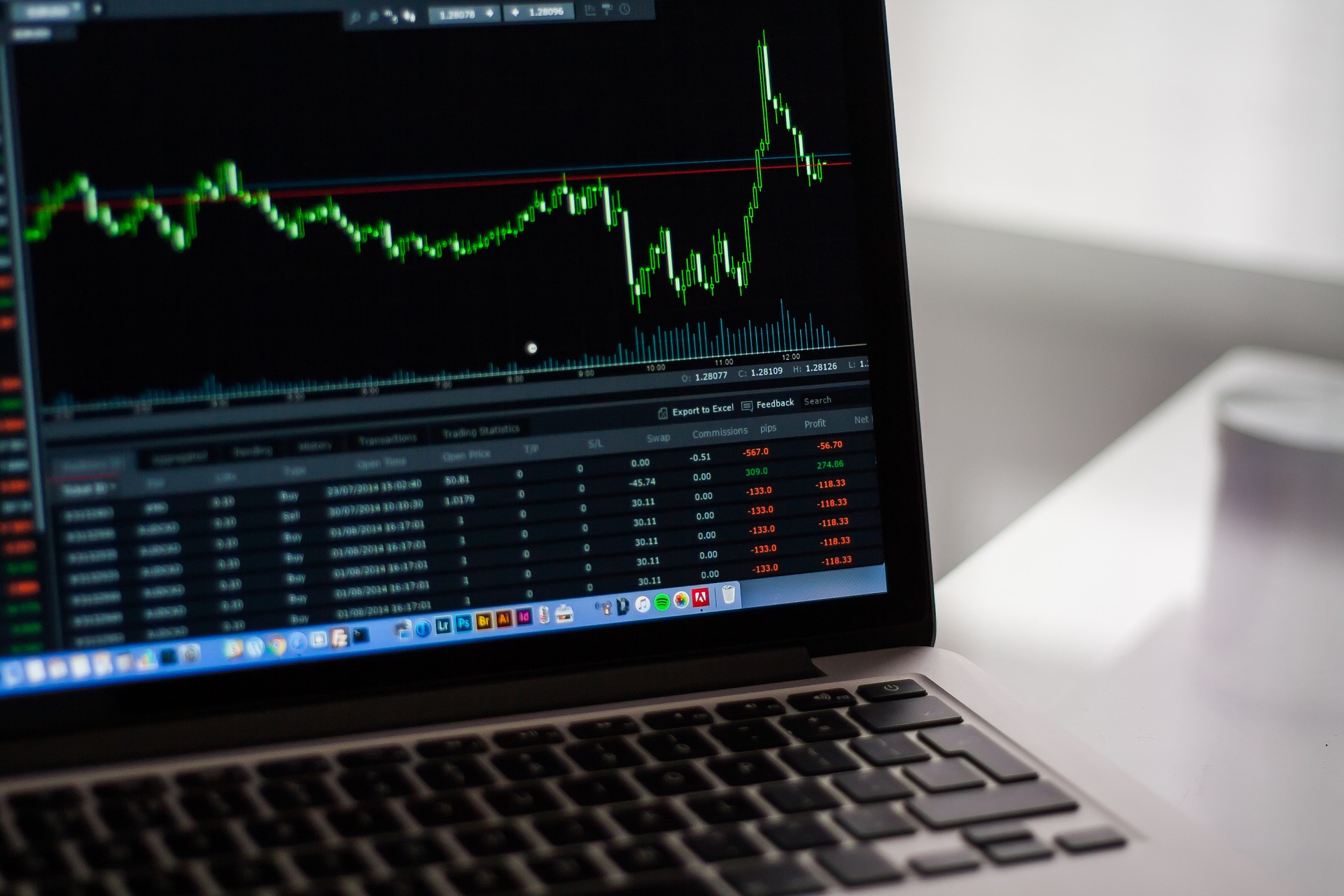
05 Sep Can I save more than the max to my Roth IRA?
Photo: pixabay.comQ. Say I want to add $10,000 to my Roth IRA, way above the annual limit. Can I do it this way? Say I have $15,000 worth of stock in the Roth, and I say I instruct my broker to sell that stock for $25,000 so there’s $25,000 of cash in my Roth. Then I tell him to buy the $15,000 of the stock in my regular account for $25,000. There’s no tax on that extra $10,000 profit on the sale because it was in an IRA, and my IRA is worth $10,000 more, plus I could have a $10,000 loss in my regular account. Can I do this?
— Investor
A. You can’t do what you’re suggesting.
Trading doesn’t work that way. And, you’re trying to hoodwink the IRS by overcontributing to your IRA while trying to get a loss that doesn’t exist.
Nice try, but let’s start at the beginning.
Normally when you tell your broker to buy or sell a particular stock you are placing a “market order,” said Bernie Kiely, a certified financial planner and certified public accountant with Kiely Capital Management in Morristown.
“With a market order, you are telling your broker to buy or sell the stock for whatever the market price is,” he said. “Your order goes into the system and you pay or receive whatever the price was when the order was fulfilled.”
You say you have stock worth $15,000 in your Roth IRA. Let’s assume you have 1,000 shares at $15 per share. In your scenario, you didn’t instruct your broker to just sell using what would be a market order. Instead, you instructed your broker to sell that stock for $25 per share or $25,000 in total. This would be a “limit order,” Kiely said, in which you instruct your broker not to sell the stock until the stock reaches your $25 limit price.
If you were a buyer, Kiely said, you might order your broker to buy the stock at $10 per share. This is also a limit order. You would have instructed your broker to do nothing until the price drops from its current price to $10 per share.
When the stock price reaches the target price set in your limit order, it automatically becomes a market order, Kiely said.
“In your case, as soon as the stock price hits $25, your broker says sell, and order became a market order,” he said. “Your stock is sold for whatever the price was when the order was fulfilled.”
So in your hypothetical. it’s possible that the market price could rise to $26 or drop to $24 when your order is fulfilled. In that case you would receive $26,000 or $24,000, depending on where the price was when your shares were sold, Kiely said.
Kiely said normally, stock brokers put time limits on limit orders. If they are not fulfilled within the time limit, the orders are cancelled.
“The reason for time limits is to protect the brokerage firm,” he said. “If there were no time limits, you could place a limit order on a stock for a ridiculously high or low price.”
What if 25 years later, the stock hits the limit price and the order is not executed? You could take legal action against your broker, Kiely said, so the time limit prevents someone from taking such a long shot.
Now back to your question. It sounded like you thought that if you told your broker to sell a $15 stock for $25 you would get $25.
“You have to understand the person on the other side of the stock trade is probably just as smart as you are,” he said. “They are not going to pay $25 for anything worth $15. And you are not going to sell your $15 stock for $10 simply because someone told their broker to buy it for $10.”
So again, nice try, but you can’t escape the rules.
Email your questions to Ask@NJMoneyHelp.com.

